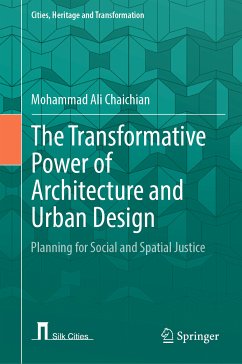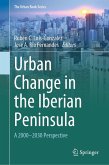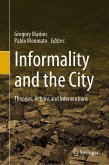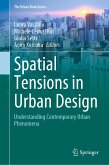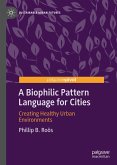Informed by urban political economy and critical social analysis, this book provides a critical comparative analysis of macro- and micro-level spatial design processes in architecture and urban planning. It interrogates the extent to which past and existing approaches to design have catered to social justice issues. With a special focus on the Right to the City approach and recent efforts to democratize urban spaces in the post-COVID 19 pandemic era, the book draws on examples of spatial design from the USA, Northern European countries and elsewhere to shed light on the presence (or lack) of social justice concerns in liberal capitalist and social democratic societies. This book is an important academic addition and resource for undergraduate and graduate curricula in architecture and urban planning/design programs, as well as a complementary resource for practitioners and policy planners who engage in urban development and transformation.
Dieser Download kann aus rechtlichen Gründen nur mit Rechnungsadresse in A, B, BG, CY, CZ, D, DK, EW, E, FIN, F, GR, HR, H, IRL, I, LT, L, LR, M, NL, PL, P, R, S, SLO, SK ausgeliefert werden.

